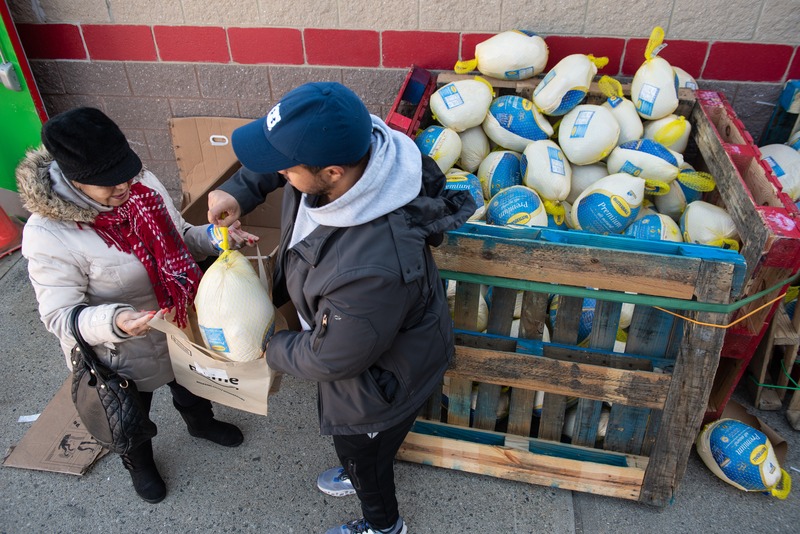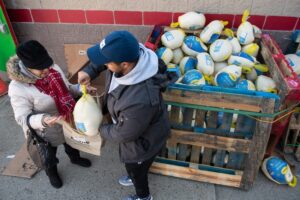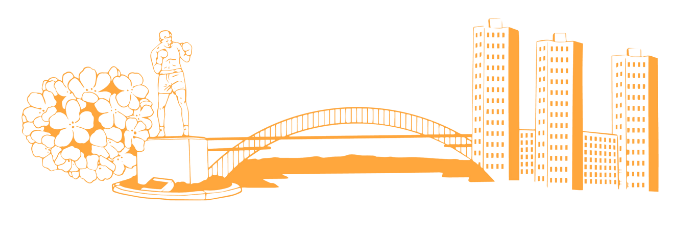Photo: People sit in a bus Friday waiting to be evacuated to Russia amid the crisis in Donetsk, the territory controlled by pro-Russia separatists in eastern Ukraine. (Alexei Alexandrov / Associated Press)
Russian President Vladmir Putin’s invasion of Ukraine has caused rippling effects throughout the world.
But not everyone understands it, and not everyone understands international politics, let alone national politics. Slice of Culture brought on Journalist, Socialist and Code Pink’s Weekend Social Media Manager Sam Carliner for a conversation on the Russia-Ukraine war.
Carliner is also a writer for Left Voice, a socialist publication, and has had his work published in Teen Vogue and Common Dreams, to name a few. He also wrote an opinion piece of Julian Assange for Slice of Culture in October of 2020.
In this multi-part series, Carliner breaks down how we got here, an analysis of what’s happening and how Americans and other international communities can help get out of it.
Sam:
Hey!
Adrienne:
Hey Sam, how are you doing?
Sam:
Well, I work in foreign policy and there’s a war in Europe, so,
Adrienne:
Right. Yeah. I figured.
Sam:
No, but I appreciate you reaching out.
Adrienne:
Yeah! It’s so important because you know it’s so hard to learn on your own.
Sam:
Yeah,
Adrienne:
We can just go right into it. So, you know, just to start off, can you kind of give a brief summary of what’s going on between Ukraine and Russia?
Sam:
It’s hard to sort of shortly explain this for (a few) reasons.
One thing I wanna clarify is that Putin has been using this line that Ukraine has essentially like a lot of Nazis and that that’s why he’s waging this war. And that should be disregarded. Obviously it’s not about attacking the far right.
But I also wanna be clear, there are both very nationalist figures in Russia and in Ukraine who are both using the conflict to their advantage.
Adrienne:
Mm, gotcha. I mean, you know, you have the whole floor, so explain as much as you feel necessary.
Sam:
There’s a bunch of different overlapping conflicts.
There’s a civil war in Ukraine, there’s the history of Russia’s policies towards Ukraine, and how Ukrainians have responded to those policies. And there’s Western European countries, like NATO countries and the US also sort of using Ukraine as a proxy space for their own conflicts with Russia.
Sam:
So, I think the best place to start is sort of more recent history or midterm history after the fall of the Soviet Union, there was a whole question over whether or not Ukraine would enter NATO.
NATO was a military alliance specifically set up to contain the Soviet Union. And when the Soviet Union fell one of the presidents essentially said to the Russian president that NATO wouldn’t expand one inch further.
That promise was not kept. The US and NATO have over the 2000s and 2010s continued maintaining NATO as a military Alliance and bringing former Soviet republics into the Alliance. So Russia has long seen that as a threat to their security.
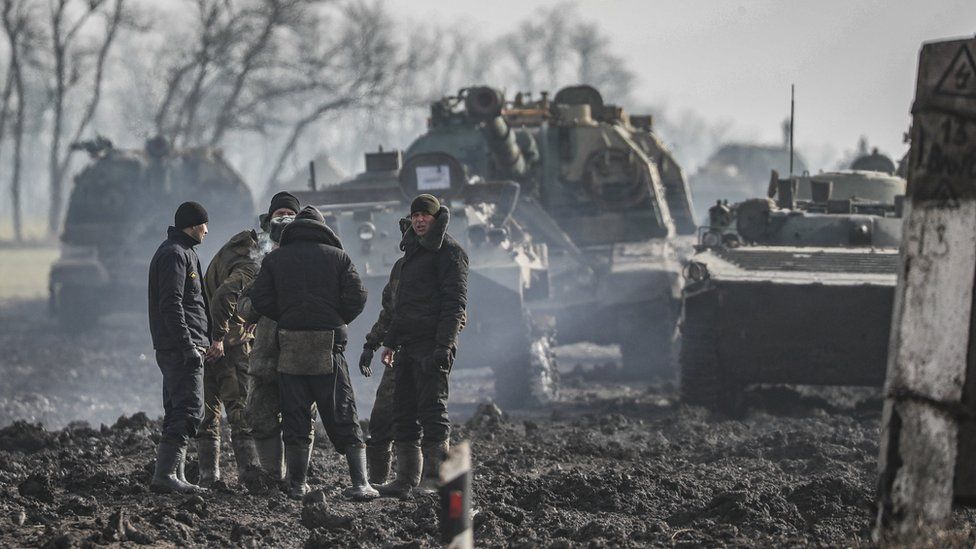
Sam:
And Ukraine is really at the center of this because one, there’s national questions in Ukraine.
Some sectors of Ukraine want to be in NATO, some sectors consider themselves more connected to Russian culture. But a lot (of them), I don’t think really have a particular stance on this. They just don’t want a war taking place in their country.
Over time, the moves of the US and NATO are bringing new countries into the Alliance, as well as Russia threatening to take military action if the Alliance kept expanding has turned Ukraine, which is right on the border of Russia, into this big red line for Putin and other people in the Russian government.
I think (some) Russian citizens are saying like they don’t feel comfortable with a military Alliance that they’re not really a part of. And that in a way is hostile to them being right at their very border.
An analogy people have said is it’s sort of like the Cuban missile crisis for the US. It was like, we don’t want these types of weapons or a hostile military, right this close to our country.
Sam:
There’s debates over whether or not it was a coup or less than a coup, but like an information campaign. I personally think it’s a coup, but I understand there’s still foreign policy debates going on.
Adrienne:
And what’s a coup?
Sam:
A coup is essentially when a foreign government will basically install its own leader of choice in another country either through military means or through propaganda.
So that was the case in 2014. Again, there’s still debate over whether or not it was a coup, but the US did very heavily intervene in 2014 in the Ukrainian election. Um, and there were opposition groups and this gets into a lot of the more national conflicts that I can’t speak to with as much expertise.
This gave the US and NATO essentially abilities to sort of push more of like their factions within the Ukraine that were more in favor of joining NATO.
Adrienne:
Gotcha. Gotcha. Okay.
Sam:
Where things get hotter is as we saw in, it was either November, December, Putin started essentially making troop arrangements along the Russian border between Russia and Ukraine.
Adrienne:
Oh, yes. That’s right. Yeah. It was during that time. I remember.
Sam:
Yeah. And a lot of that was because (Putin) was not happy, he was worried.
(But) I wanna be clear also when I say worried, I’m not trying to say like, “oh, like poor Putin, like he can’t help,” but like, what he is doing is a very awful act of those aggressions. I do think it’s important for people to understand how Russian security concerns factored into this escalating so quickly.
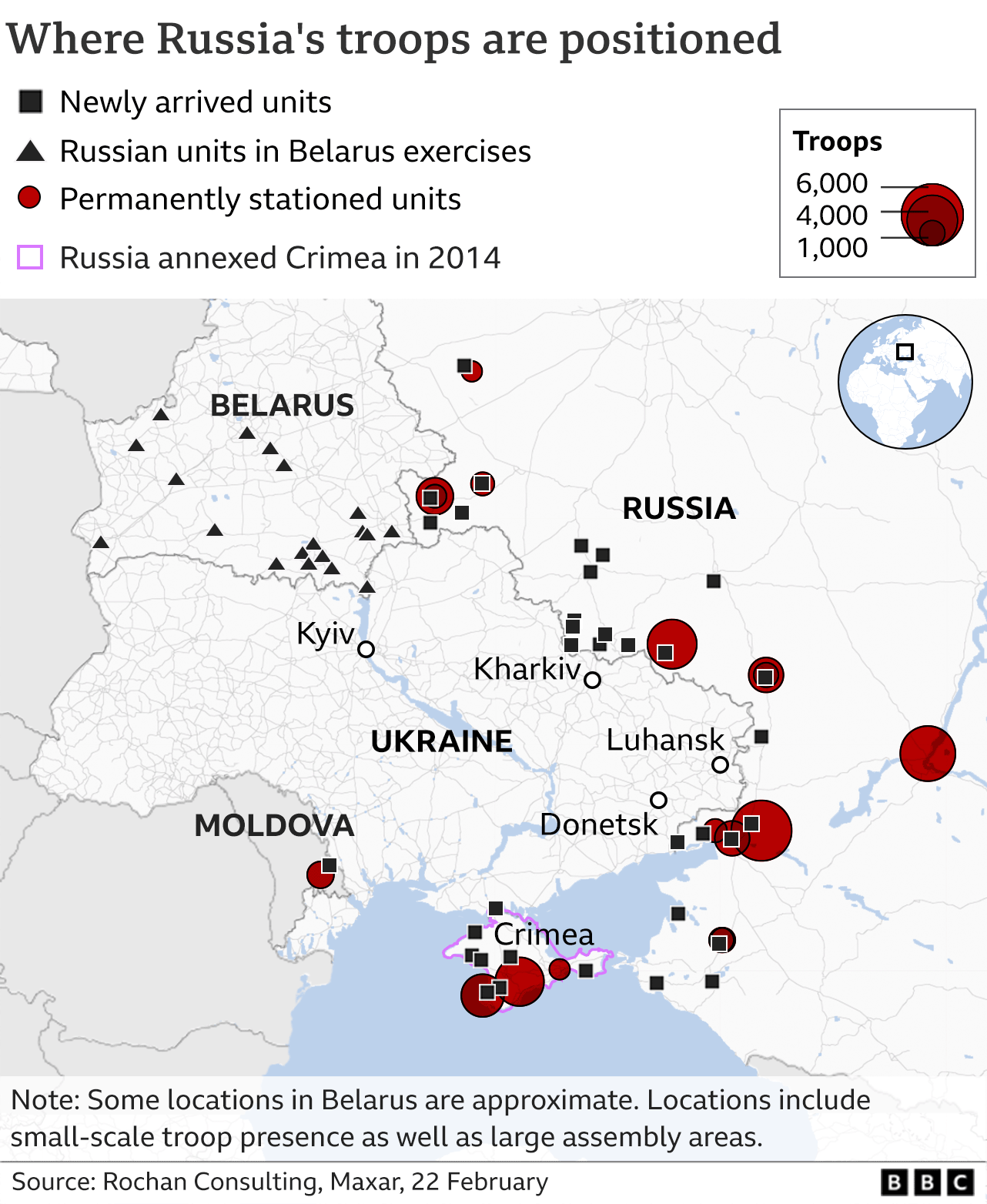
Stay tuned for Part 2, which will be posted next week. Follow @sliceofculture on Instagram to stay up to date.



